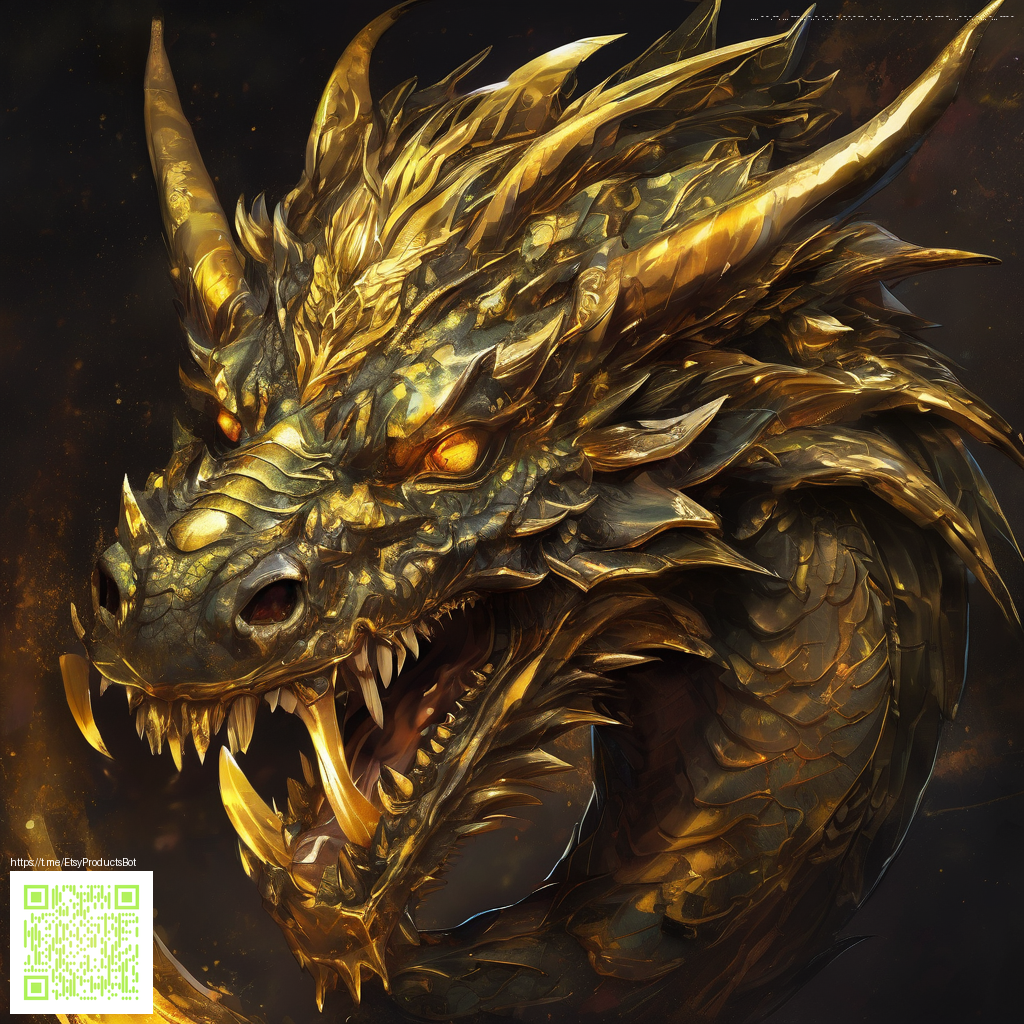
Concept Art Essentials Behind the Creations in Shadow of the Colossus
Concept art acts as the first compass guiding a game into existence. In the case of this legendary adventure, the early sketches were more than pretty pictures; they were the rule book for scale, silence, and a world that breathes through its absence. The studio’s approach favors a measured emptiness where every frame is a stage for something monumental. Through the art, players learn to read a landscape before they ever step into it, sensing the weight of stone and the hush of wind long before Wander faces a single colossus.
Ma, a term the team embraced to describe the space between moments, became a design philosophy as much as an aesthetic. This concept translates into pacing and composition where the eye travels across vast, minimal spaces that feel both ancient and alive. Modern fans often revisit these ideas when dissecting how a single ruin or a distant horizon can carry enough narrative heft to propel the next puzzle or chase sequence. The art direction emphasizes mood over clutter, inviting players to fill the gaps with their own sense of awe 💠
From silhouette to heartbeat how concept art shapes gameplay
In practice the drawings guided not just what we would see but how we would move through it. The towering colossi are more than obstacles they function as milestones that structure momentum. The textures and silhouettes sketched during concept phase inform the camera choreography and traversal routes. A single cliff face drawn with bold lines can become a series of scalable steps or a hidden ledge that unlocks a new route. The relationship between Wander and the world grows from these early pencil lines into a physicality that feels earned and purposeful.
Community members have long debated the balance between exploration and danger inside the world. Concept art reveals the intent behind these debates by laying out the visual grammar of danger and discovery. The stark, high contrast vistas set expectations for what lies beyond a ridge or inside a cavern and what it means to stand small in the presence of immense architecture. The artistry becomes a language that fans translate into fan art, analyses, and thoughtful critiques about how a single frame can carry a narrative without a single spoken word 👁️
Developers often remind fans that art direction is a contract with the player, promising a consistent tone across environments and encounters
Updates and remasters deepen this conversation. Bluepoint Games and their collaborators refined textures, lighting, and animation to preserve the original mood while nudging texture fidelity and frame pacing for modern hardware. The result remains faithful to the era defining visuals while embracing contemporary clarity. For players revisiting the world on newer hardware or encountering it for the first time, the concept art continues to serve as the guiding star that keeps the world readable and emotionally resonant even as graphics evolve.
Modding culture around classic adventures thrives where concept art is accessible and celebrated. Fans remix galleries, reconstruct alternative mythic paths, and propose otherworldly angles that still respect the core design language. It is a testament to how concept art not only documents a vision but also seeds a living dialogue between creators and communities. The practice enriches both the historical appreciation of a title and the ongoing exploration that modern updates encourage.
For developers and players alike, the study of these drawings offers practical insight into game design. The careful balance of scale, light, and negative space in concept sketches often predicts the tempo of encounters and the emotional cadence of exploration. When a boss silhouette or a ruin facade reads clearly in a sketch, you know the moment you step into the scene is building toward a decisive, memorable beat. That clarity is what makes the experience feel timeless while still speaking to contemporary audiences 💡
As you pore over concept sheets and in game cinematics, you can trace the lineage from early ideals to final polish. The artistry is a map of choices that keeps the world cohesive and immersive across generations. The enduring appeal lies in how art informs action and how action, in turn, reveals more about the art you glimpsed in those first sketches.
To celebrate the broader conversation around concept art and its impact on gameplay, this piece invites readers to explore the visual storytelling that underpins every wild ascent and silent valley. The result is a fusion of analysis and appreciation that speaks to veterans of the field and curious newcomers alike. The world feels earned because the art told its story first, and the game followed with patient, precise execution 🌑
Want to support independent game journalism and the broader dream of a decentralized internet that champions creator autonomy Yes we do that by inviting readers to lend a hand through a donation. Your contribution helps sustain thoughtful coverage of design craft, developer commentary, and community perspectives that keep the conversation alive long after the credits roll
Ready to contribute Here is a direct way to support the project and keep the dialogue thriving while supporting a decentralized internet that values openness and resilience
Support Decentralized Internet This neon glow button stands out on dark pages and invites readers to back independent coverage that values transparency and community input